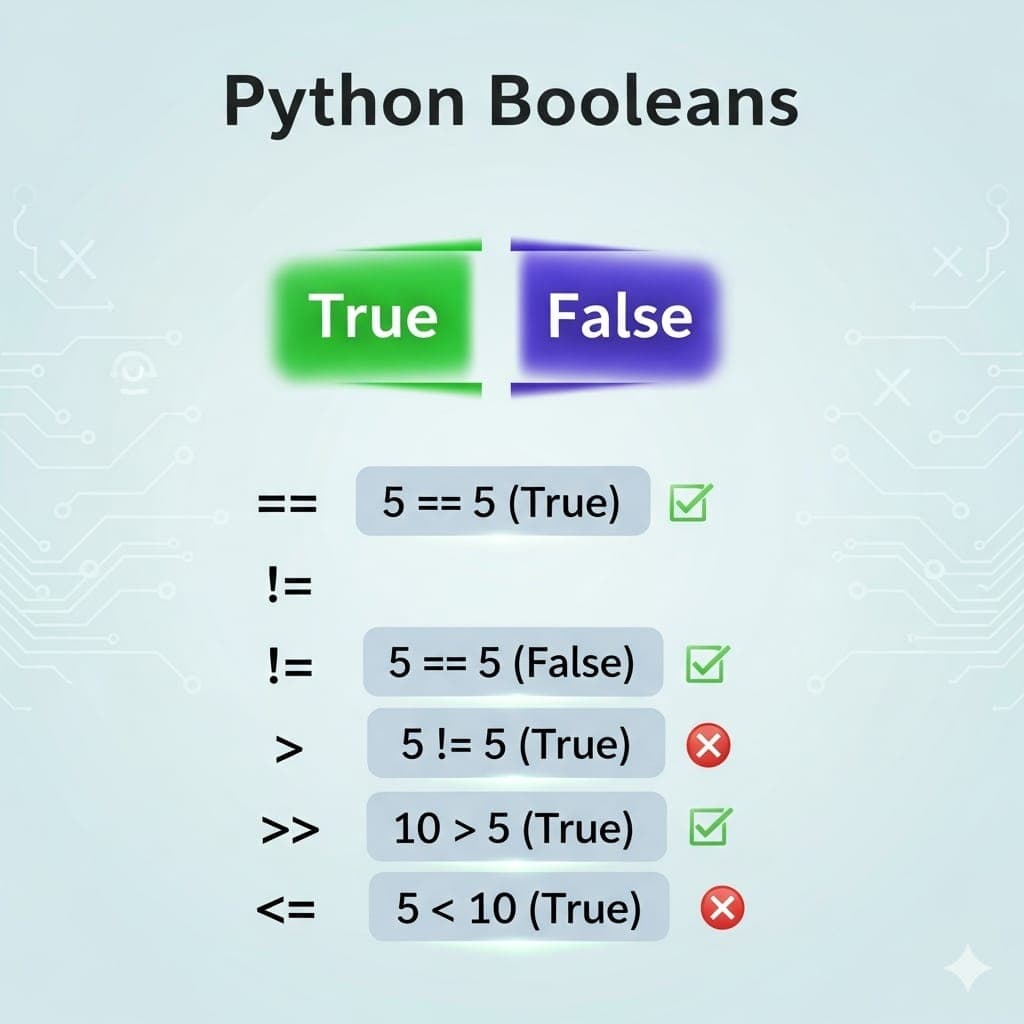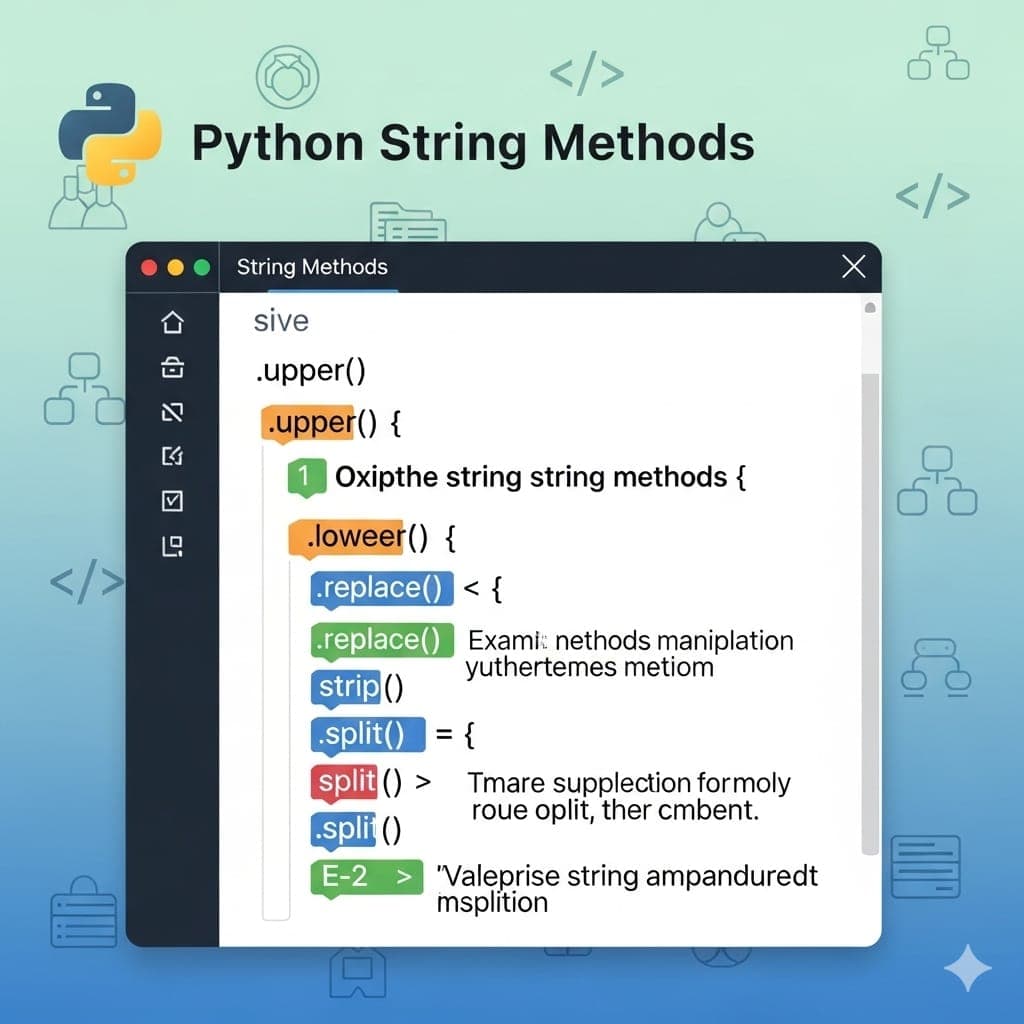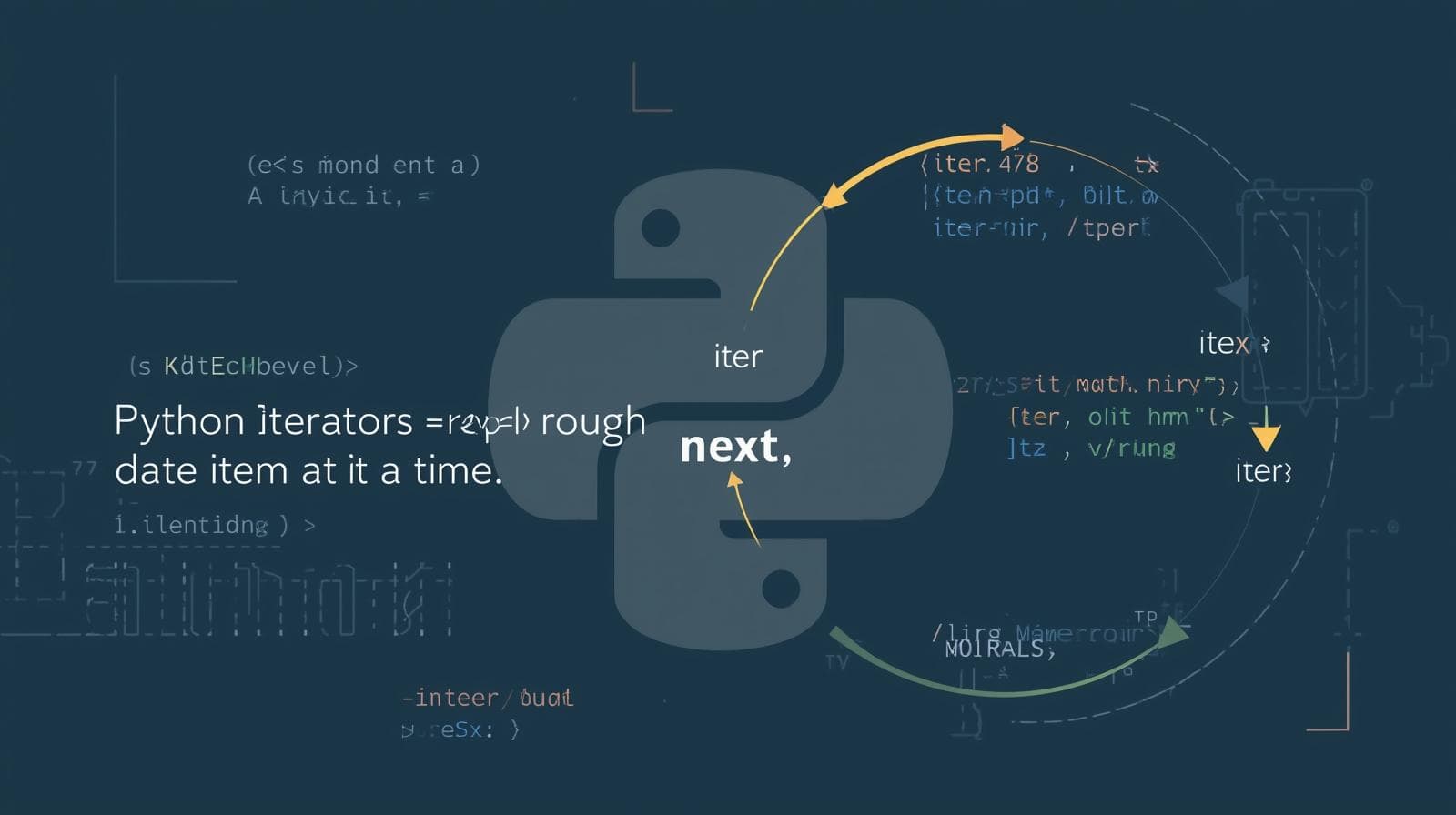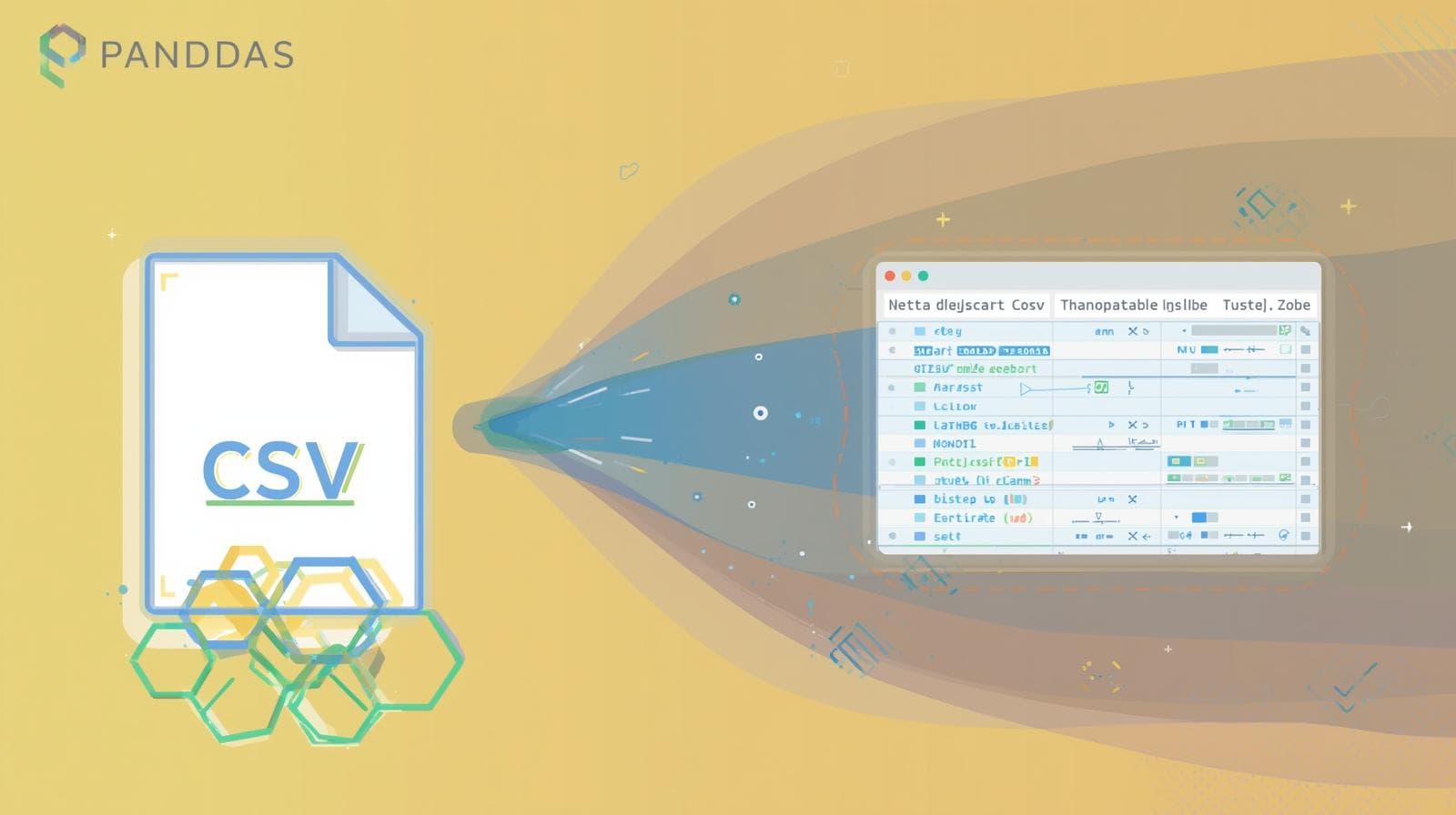Mastering SciPy Spatial Data: A Complete Guide to Distance, KDTree & Voronoi Diagrams

Unlock the power of spatial data analysis with SciPy. Our in-depth guide covers distance calculations, KDTree for nearest neighbors, Voronoi diagrams, Convex Hulls, and real-world use cases in Python.

Mastering SciPy Spatial Data: A Complete Guide to Distance, KDTree & Voronoi Diagrams
Mastering Spatial Data in Python: A Deep Dive into SciPy's Spatial Module
Imagine you’re building the next great ride-sharing app. A user requests a ride, and your system has milliseconds to find the nearest available driver from a pool of thousands. Or perhaps you’re an archaeologist, trying to find the central point of a set of discovered artifacts. Maybe you're a data scientist, trying to cluster geographical data points or model the coverage area of cell phone towers.
All these seemingly different problems have one thing in common: they are fundamentally spatial problems. They involve points, distances, and relationships in a multi-dimensional space. Solving them from scratch with pure Python would be computationally expensive and incredibly complex.
This is where SciPy's spatial module comes to the rescue. It's a powerhouse of efficient algorithms and data structures specifically designed for spatial computations. In this comprehensive guide, we'll peel back the layers of scipy.spatial and explore how it can transform the way you handle geometric data.
What is SciPy Spatial? Beyond Just Maps
First, let's clear a common misconception. "Spatial data" often conjures images of maps and GPS coordinates. While it excels at that, the scipy.spatial module is far more general. It deals with data in any number of dimensions.
2D (x, y): Classic geographical coordinates, image pixels, any 2D graph.
3D (x, y, z): 3D modeling, medical imaging (MRI/CT scans), physics simulations.
n-Dimensions: A "point" could represent a row in your dataset, where each feature (age, income, height, etc.) is a dimension. This allows for powerful multivariate analysis.
The scipy.spatial module provides a suite of tools to work with this data efficiently. Its core strengths are:
Distance Calculation: Computing various types of distances between points.
Spatial Data Structures: Using advanced structures like KDTree for lightning-fast nearest-neighbor searches.
Spatial Algorithms: Constructing geometric entities like Convex Hulls, Voronoi Diagrams, and Delaunay Triangulations.
Let's install our tools and start exploring. If you haven't already, make sure you have SciPy installed.
bash
pip install scipy numpy matplotlibWe'll be using NumPy for handling arrays and Matplotlib for visualizations, as they are the perfect companions to SciPy.
Part 1: The Foundation - Calculating Distances
Before we can do anything advanced, we need to understand how to measure the space between points. scipy.spatial.distance offers a plethora of distance metrics.
Euclidean Distance: The Straight Line
The most common distance metric, the "as-the-crow-flies" distance. The formula in 2D is derived from the Pythagorean theorem: distance = sqrt((x2-x1)^2 + (y2-y1)^2).
python
import numpy as np
from scipy.spatial import distance
# Define two points: Point A at (1, 2) and Point B at (4, 6)
point_a = np.array([1, 2])
point_b = np.array([4, 6])
# Calculate Euclidean distance
euclidean_dist = distance.euclidean(point_a, point_b)
print(f"Euclidean Distance: {euclidean_dist:.2f}")
# Output: Euclidean Distance: 5.00Cityblock (Manhattan) Distance: The Grid Path
Imagine navigating a city grid like Manhattan. You can't cut through buildings; you must walk along the streets. This distance is the sum of the absolute differences of the coordinates.
python
cityblock_dist = distance.cityblock(point_a, point_b)
print(f"Cityblock Distance: {cityblock_dist}")
# Output: Cityblock Distance: 7
# Calculation: |4-1| + |6-2| = 3 + 4 = 7Cosine Distance: The Difference in Direction
Cosine distance measures the angle between two vectors, not the magnitude. It's incredibly useful in text analysis (where a document is a vector of word counts) and recommendation systems. A smaller cosine distance means the vectors are pointing in a more similar direction.
python
# Imagine two vectors in 3D space
vector_u = np.array([1, 0, 1])
vector_v = np.array([0, 1, 1])
cosine_dist = distance.cosine(vector_u, vector_v)
print(f"Cosine Distance: {cosine_dist:.2f}")
# Output: Cosine Distance: 0.50Pro Tip: You can use pdist and squareform to calculate the pairwise distances between every point in a collection efficiently, resulting in a condensed or square distance matrix. This is invaluable for clustering algorithms.
python
points = np.array([[1, 2], [4, 6], [7, 8], [2, 1]])
condensed_dist_matrix = distance.pdist(points, 'euclidean')
square_dist_matrix = distance.squareform(condensed_dist_matrix)
print("Square Form Distance Matrix:")
print(square_dist_matrix)Part 2: The Powerhouse - KDTree for Nearest Neighbor Searches
Calculating distances between all points is an O(n^2) operation. If you have 10,000 points, that's 100,000,000 calculations. This doesn't scale. Enter KDTree (K-Dimensional Tree).
A KDTree is a data structure that partitions space to allow for much more efficient queries, like "find the nearest point to this location," reducing the time complexity to O(n log n) on average.
How to Use KDTree: A Practical Example
Let's simulate the ride-sharing scenario.
python
from scipy.spatial import KDTree
import matplotlib.pyplot as plt
# Simulate driver locations (longitude, latitude)
np.random.seed(42) # For reproducibility
driver_locations = np.random.rand(100, 2) * 10 # 100 drivers in a 10x10 km area
# Simulate a user request location
user_location = np.array([5.2, 5.7])
# Build the KDTree from driver locations
driver_tree = KDTree(driver_locations)
# Query the tree for the single nearest driver to the user
nearest_distance, nearest_index = driver_tree.query(user_location, k=1)
nearest_driver = driver_locations[nearest_index]
print(f"User is at: {user_location}")
print(f"Nearest driver is at: {nearest_driver} (index: {nearest_index})")
print(f"Distance: {nearest_distance:.2f} km")
# Visualization
plt.figure(figsize=(10, 6))
plt.scatter(driver_locations[:, 0], driver_locations[:, 1], s=50, alpha=0.7, label='Drivers', c='blue')
plt.scatter(user_location[0], user_location[1], s=200, label='User', c='red', marker='*')
plt.scatter(nearest_driver[0], nearest_driver[1], s=100, label='Nearest Driver', c='green', edgecolors='black')
plt.legend()
plt.title("Finding the Nearest Driver with KDTree")
plt.xlabel("Longitude")
plt.ylabel("Latitude")
plt.grid(True)
plt.show()This code finds the closest driver in a field of 100 almost instantly, demonstrating the real power of KDTree.
Querying for Multiple Neighbors
What if you want the top 3 or 5 closest drivers? Just change the k parameter.
python
# Find the 3 nearest drivers
distances, indices = driver_tree.query(user_location, k=3)
print(f"Indices of 3 nearest drivers: {indices}")
print(f"Distances: {distances}")Real-World Use Case: Recommender Systems
In a high-dimensional space where items (movies, products) are represented by feature vectors, a KDTree can quickly find items most similar to a user's preferences, forming the backbone of a content-based recommendation engine.
To build robust, industry-standard applications like this, a strong foundation in algorithms and data structures is key. To learn professional software development courses such as Python Programming, Full Stack Development, and MERN Stack, visit and enroll today at codercrafter.in. Our curriculum is designed to turn you into a problem-solver, not just a coder.
Part 3: Advanced Geometric Constructs
Beyond distances and neighbors, scipy.spatial can generate complex geometric structures that have profound applications.
Convex Hull: The Elastic Band
The Convex Hull of a set of points is the smallest convex polygon that encloses all the points. Imagine stretching an elastic band around all the points and letting it snap tight; the shape it takes is the convex hull.
Use Cases: Pathfinding for robots, geographical mapping, collision detection in games, and analyzing the shape of a data cluster.
python
from scipy.spatial import ConvexHull
# Create a set of points
points = np.random.rand(30, 2) # 30 random points in 2D
# Compute the Convex Hull
hull = ConvexHull(points)
# Plot the points and the hull
plt.figure(figsize=(10, 6))
plt.plot(points[:, 0], points[:, 1], 'o', label='Points')
plt.plot(points[hull.vertices, 0], points[hull.vertices, 1], 'r--', lw=2, label='Convex Hull')
plt.plot(points[hull.vertices[0], 0], points[hull.vertices[0], 1], 'ro') # Close the loop
plt.legend()
plt.title("Convex Hull of a Random Set of Points")
plt.show()Voronoi Diagrams: The Domain of Influence
A Voronoi diagram partitions a plane into regions. Each region corresponds to one point in a set, and every location within that region is closer to that point than to any other. These regions are called Voronoi cells.
Use Cases:
Geology: Modeling crystal growth and mineral deposits.
Ecology: Modeling the territory of animals or plants competing for resources.
Urban Planning: Determining the optimal placement of facilities like hospitals or schools to serve a population.
Graphics: Generating natural-looking textures and patterns.
python
from scipy.spatial import Voronoi, voronoi_plot_2d
# Generate a set of points (e.g., store locations)
points = np.random.rand(15, 2)
# Compute the Voronoi diagram
vor = Voronoi(points)
# Plot it
plt.figure(figsize=(10, 6))
voronoi_plot_2d(vor, plt.gca(), show_vertices=False, line_colors='orange', line_width=2)
plt.plot(points[:, 0], points[:, 1], 'ko', markersize=5)
plt.title("Voronoi Diagram")
plt.show()Best Practices and Common Pitfalls
Precompute Your Trees: Building a KDTree has an upfront cost. If your data is static and you need to query it repeatedly, build the tree once and reuse it. Don't rebuild it before every query.
Choose Your Distance Metric Wisely: Euclidean is common, but not always right. For geospatial data, you might need Haversine distance (note:
scipy.spatialdoesn't have this built-in, but you can useball_treewith a custom metric orgeopy). For text, Cosine is often better.Handle Boundaries in Voronoi Diagrams: Voronoi diagrams can have regions that extend to infinity. Use the
voronoi_plot_2dfunction for easy plotting, but be mindful of these infinite regions if you're doing further calculations.Watch Your Data Dimensions: Ensure your point arrays are correctly shaped. A list of 2D points should be an array of shape
(n, 2), not(2, n).For Massive Datasets: While KDTree is efficient, for extremely high-dimensional data (e.g., > 20 dimensions), its performance can degrade to a brute-force search. In such cases, approximate nearest neighbor (ANN) algorithms from libraries like
annoyorfaissmight be more suitable.
Frequently Asked Questions (FAQs)
Q: What's the difference between scipy.spatial.KDTree and sklearn.neighbors.KDTree?
A: They are very similar. scipy.spatial.KDTree is the core implementation. Scikit-learn's version is a wrapper around it (or BallTree) that provides a more consistent API with the rest of scikit-learn, making it easier to integrate into a machine learning pipeline.
Q: Can I use scipy.spatial for actual geographical (lat/lon) distances?
A: Not directly with the standard metrics. The Euclidean distance on lat/lon coordinates is inaccurate over large distances because the Earth is a sphere. You should use the Haversine formula. You can do this by creating a custom metric for a KDTree or BallTree, or by using a library like geopy.
Q: When should I use a BallTree instead of a KDTree?
A: BallTree is a different data structure that can be more efficient than KDTree for very high-dimensional data or with custom distance metrics. KDTree is generally very efficient for low to medium-dimensional data (e.g., < 20 dimensions) with standard metrics.
Q: Is SciPy Spatial suitable for GIS (Geographic Information Systems) work?
A: It provides the fundamental computational geometry algorithms. However, for full-fledged GIS work (reading shapefiles, projections, advanced mapping), you would typically use dedicated libraries like GeoPandas, Shapely, and Fiona, which may use scipy.spatial under the hood but provide a much higher-level, geography-focused interface.
Conclusion: Your Spatial Data Toolkit
The scipy.spatial module is a testament to the power of Python's scientific ecosystem. It takes complex, computationally intensive algorithms and wraps them in an accessible and efficient interface. From the basic building blocks of distance metrics to the advanced architecture of KDTree and Voronoi diagrams, it provides an indispensable toolkit for anyone working with data that has a geometric component.
Whether you're a data scientist analyzing clusters, a backend engineer building location-aware services, or a researcher modeling physical phenomena, mastering scipy.spatial will significantly elevate your analytical capabilities. The concepts you practice here, like spatial partitioning and nearest-neighbor search, are foundational to advanced computing.
Ready to move beyond scripts and start building complex, data-driven applications? The journey from understanding a single module to architecting entire systems is an exciting one. To learn professional software development courses such as Python Programming, Full Stack Development, and MERN Stack, visit and enroll today at codercrafter.in.









